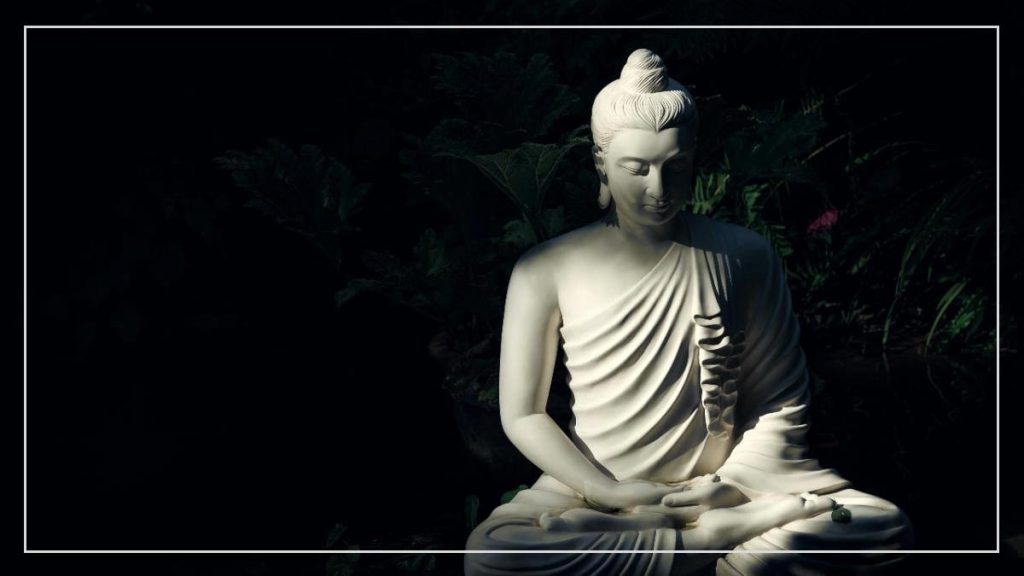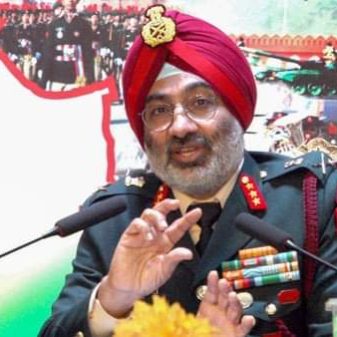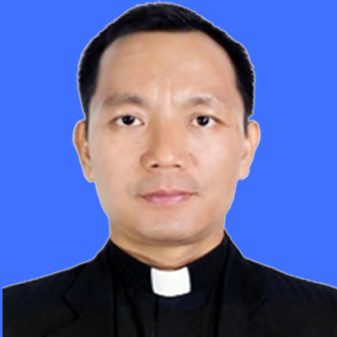
Sanjoo Thangjam
Buddha Jayanti or also known as Buddha Purnima is the most sacred festivals of Buddhist and is also the most sacred day in Buddhist calendar because on this day Buddha was born, attained enlightenment, and Nirvana. This strange, three-fold coincidence, gives Buddha Purnima its unique significance.
This day commemorates three important events of Buddha’s life
– His birth in 623 BC.
– His enlightment i.e. attainment of supreme wisdom, in 588 BC.
– His attainment of Nirvana i.e. the complete extinction of his self at the age of 80.
This day is a thrice blessed day. Gautama Buddha “lived and died in about the fifth century before the Christian era”. Buddha means “enlightened one” – someone who is completely free from all faults and mental obstructions.
However on the other hand, many scholars are still uncertain when Buddha lived. It is believed that he was born at some time between sixth and fourth centuries BCE. Opinions among scholars are generally divided between those who place Buddha’s death about 480 BCE and those who place it as much as a century later.
Generally, Buddha Purnima falls on the full moon of the fourth lunar month however, different Buddhist communities celebrate Vesakha on different dates in years when there are two full moons in May. This is because the Buddhist’s lunar calendar can be interpreted in different ways and also the exact date of Vesakha differs according to various lunar calendars used in different traditions.
Finally, the decision to celebrate Vesakha as the Buddha’s birthday was formalized at the first Conference of the World Fellowship of Buddhists held in Sri Lanka in 1950.
The legend narrates that the Buddha was born fully awakened on a night of full moon in Lumbini. He could speak, and told his mother he had come to free all mankind from suffering. He could stand, and he walked a short distance in each of the four directions. The miraculous boy was named Siddhartha, which means ‘he who has attained his goals’.
It is also believed that Queen Mayadevi, the mother of Lord Buddha gave birth while emerging from a bath at the Pushkarni pool at the Lumbini garden and the place is venerated thereafter. Sadly, Queen Mayadevi died only seven days after the birth.
According to a Buddhist’s legend, Buddha’s wife Yashodhara, his first disciple Ananda, his charioteer Channa, and the horse Kantaka on which he renounced his kingdom to ‘find some answers to life’, were all born on the sacred day of Buddha Jayanti, also known as Buddha Purnima.
He was the only son of Shudhodana, the King of Kapilavastu situated at the foot of the Himalayas. Sidhartha grew of age without ever knowing what misery or sorrow was. One day, the prince desired to see the city and he was taken in a chariot. He saw an old and crippled man by the roadside. On another occasion, he came across a sick man and a corpse being carried to the funeral ground. The prince was perturbed by the sights and was deeply engrossed in anxious thoughts. However on another occasion, he saw an ascetic who had triumphed over the worldly temptations and attained the highest bliss of life.
Buddha was an actual historical figure, a prince of the Shakalyas, the people of a small state bordering modern India and Nepal. He lived in a time of prosperity and social up heal. At the age of sixteen, Siddhratha (Buddha) married a beautiful woman and had a son. The turning point in his life came when he was twenty-nine and he ventured outside the palace grounds.
He was caught by the sufferings of the world (old age, sickness and death), left his wife, son and riches to become a wandering ascetic in the search for enlightenment. He wandered to many places and ultimately at the age of thirty-five, he arrived at Bodh Gaya, where he sat beneath a tree. He swore that he would not rise until he had found enlightenment. After forty-nine days of solitary meditation, on the full moon of May, with the rising of the morning star, Siddhartha finally attained nirvana, the state of permanence. He thus became the Buddha “One who is fully Awake.”
Gautam Buddha was not a god and the philosophy of Buddhism does not entail any theistic world-view. The teachings of the Buddha are solely to liberate human beings from the misery and sufferings of life.
According to the Buddhism, sorrow and desire are the main cause of all the evil and suffering of this world. Lord Buddha advocated the Eightfold Path consisting of precepts like right conduct, right motive, right speech, right effort, right resolve, right livelihood, right attention and right meditation to gain mastery over suffering. It is only after following this path one can reach the ultimate aim of Nirvana. Nirvana is the transcendental state of complete liberation. Gautama Buddha lived and taught in northern India in the 6th Century B.C.
Buddha travelled far and wide teaching hundreds of followers. Even after death,his disciples continued to spread his teachings. Rich and poor alike were attracted by the simplicity of Buddha’s teaching and his emphasis on complete equality of all, a notion antithetical to the existing Hindu caste system. The Mauryan Emperor Ashoka espoused the Buddhist religion in the 3rd century B.C. and helped in spreading it far and wide. Sarnath and Bodhgaya are two of the most important pilgrimage centres for the Buddhists.
Though Buddhism originated in India and the religion has gained tremendous popularity throughout the Far East in Asia, there are very few practicing Buddhists in the country. The number of Buddhists in the world ranges “from less than two hundred million, to more than five hundred million, with the lower number closer to reality.”
On this day, the pilgrims come from all over the world to Bodh Gaya in Bihar to attend the Buddha Purnima celebrations. Apart from Bodh Gaya, it is also celebrated in Lumbini, Kushinara and Saranath (U.P) as they are the holy places connected with Buddha. The day is marked with prayer, sermons, religious discourses, group meditation, processions, and worship of the statue of Buddha. The Mahabodhi Temple wears a festive look on the occasion.
The Mahabodhi Temple wears a festive look and is decorated with colorful flags and flowers. On this Holy day, the Buddhists bathe and wear only white clothes. They gather in their viharas for worship and give alms to monks. Many spend their entire day at the vihara listening to discourses on the life and teachings of the Buddha or invite monks to their homes.
The Buddhists eat kheer, rice cooked in milk and sugar, which they share with the poor. They set up stalls in public places to offer others clean drinking water and also show kindness to animals. Birds are freed from cages. Fruits and clothes are distributed among the sick and abstinence is observed on eating meat. The Bodhi tree is revered. Its branches are decorated with garlands and colored flags. Rows of lamps are lit around the tree, and milk and scented waters are sprinkled on its roots. The rituals include prayers, sermons on the life of Gautam Buddha, continuous recitation of Buddhist scriptures, meditation by monks and devotees, and worship of the statue of Buddha.Offerings of incense, flowers, candles and fruit are made by believers, who prostrate several times in front of the idol.
Buddhists also reaffirm their faith in the five principles called Panchsheel. These five principles are:
Not to take life
Not to steal
Not to lie
Not to consume liquor or other intoxicants
When the Buddha was 80 years old, he told his friend and cousin Ananda that he would be them soon. And so it came to be that on the night of full moon, in Kushinagara, he ate some spoiled food and fell ill. He went into deep meditation under a grove of sala trees and died. His last words were…
The writer is a Social Activist for People Who Use Drugs ( PUDs)





